Current Debt Environment
As I sit on a flight from New York to Phoenix, I'm compelled to address the rapidly changing interest rate environment and its impact on the market. The Fed's stance on inflation has led to increased volatility and cost of interest rate caps, affecting investment analysis and loan comparisons. Despite potential drawbacks for sponsors, we're confident in structuring deals with lower leverage to adapt to this environment.

As I’m sitting on the plane from New York to Phoenix thinking about this newsletter’s topic, I realized that I couldn’t really choose any other topic except the elephant in the room, interest rates and debt. The interest rate environment has changed quickly and substantially, leaving everyone wishing they bought everything they could six months ago. Notably, the SOFR forward curve was essentially flat for two years six months ago and now the curve (market consensus) is projecting SOFR to average 2.34% over the next two years.
The Fed aggressively changed its stance on inflation, going from having an “inflation is transitory” point of view to signaling enough rate hikes to almost guarantee a recession. While I believe the Fed is doing a lot of signaling to wake the market up without likely going through with all the proposed rate hikes, this signaling is still having a tremendous impact on capital markets.
These changes are most clearly evident in interest rate caps. Rate caps are a loan hedging product which sets a maximum interest rate exposure on floating rate debt in exchange for an upfront payment. These rate caps used to be virtually free as cap traders believed that rising interest rates were nowhere in sight (and no volatility). Today, rate caps are uneconomically expensive as both the consensus path of rates has gone up enormously and volatility (uncertainty surrounding the future of rates) is way up. The cost of interest rate caps must be appropriately factored into one’s investment analysis as well as when comparing various loan options.
Many lenders have become far more flexible on their interest rate cap requirements, yet some are still demanding onerous terms. These differences can actually make or break the decision of going with one lender or another. One simple way to avoid all of this is by using fixed rate debt (you don’t need a cap if your interest rate is not floating).
To add to the pain, many market participants including lenders are concerned about future fundamentals and are acting accordingly. For lenders, this means potentially pulling back on leverage and widening credit spreads (the interest added on to the index rate by the lender). However, we don’t view reducing leverage as a major problem. Based on market dynamics and debt options today, we are borrowing at 65% to 70% LTC in order to receive the most competitive loan terms as well as prudently reduce our risk.
Usually reducing leverage has a material impact on returns especially in recent years since cheap debt has been so accretive. Since debt today is less attractive, reducing leverage actually has less of an impact on returns while still reducing risk, making lower leverage deals more attractive on a risk-adjusted basis. Lower leverage does come with drawbacks for a sponsor. Most private equity deal structures pay fees to the sponsor based on the project size, not on the amount of equity raised. This means that a sponsor may have to raise up to double the amount of equity to buy the same size deal and earn the same amount of fees. This is why, historically, levering up is so attractive for sponsors; raise less money, make more money. In spite of this, we feel more confident that we are dynamically structuring the best deals for our investors in today’s environment using lower leverage.
I barely scratched the surface on this topic so feel free to respond to this email if you have more topic recommendations or would like to discuss further.
